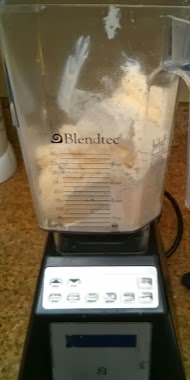June 3, 2014
Location: Shippensburg University , Shippensburg, PA United States of America
This one day symposium is designed to showcase innovative models and practices designed to support various aspects of faculty professional development. It includes concurrent presentations, roundtable discussions focused on particular topics, and networking opportunities. Individuals involved in leading and conducting faculty professional development activities are invited to attend, submit presentation proposals, and to contribute to a post-symposium online monograph. The schedule of presentations will be available during the week of April 14, 2014.
Presentation proposals are due no later than April 4, 2014.
Location: Shippensburg University , Shippensburg, PA United States of America
This one day symposium is designed to showcase innovative models and practices designed to support various aspects of faculty professional development. It includes concurrent presentations, roundtable discussions focused on particular topics, and networking opportunities. Individuals involved in leading and conducting faculty professional development activities are invited to attend, submit presentation proposals, and to contribute to a post-symposium online monograph. The schedule of presentations will be available during the week of April 14, 2014.
Presentation proposals are due no later than April 4, 2014.
- faculty learning communities and peer mentoring activities
- the differentiated needs of new, mid-career, veteran, and adjunct faculty
- the exploration and adoption of effective teaching and assessment strategies
- the effective use of student and peer evaluations to improve teaching and learning
- faculty in leadership positions
- the promotion and tenure process
- faculty grant and research activities
- linking service, scholarship, research, and teaching
- the structure, function, funding, and assessment of faculty development programs
Website: http://www.ship.edu/
